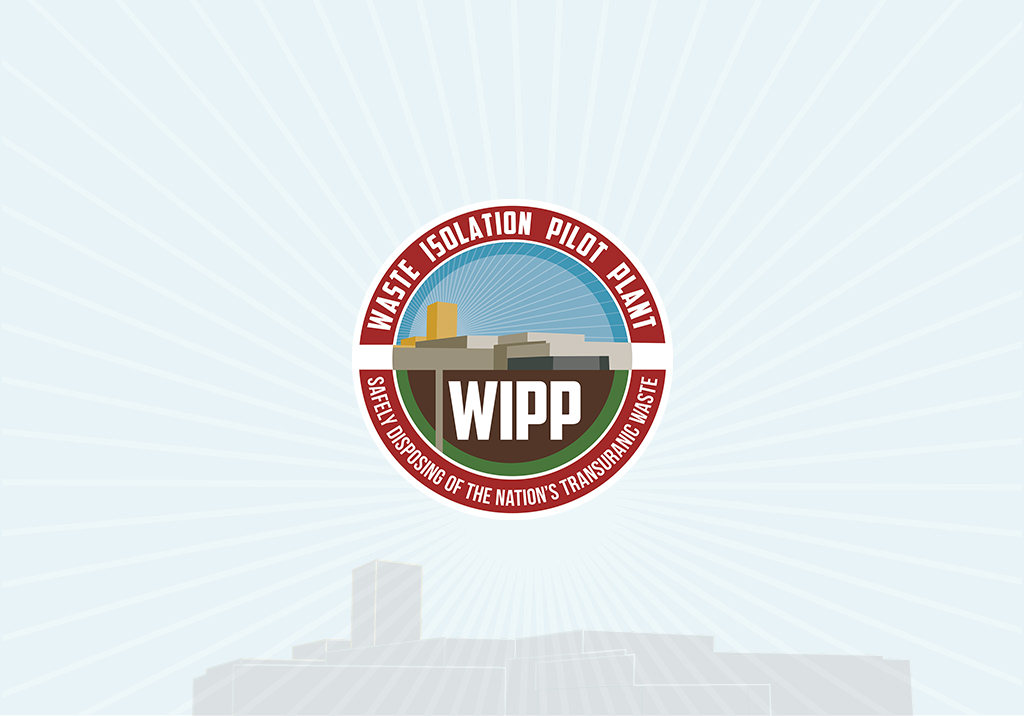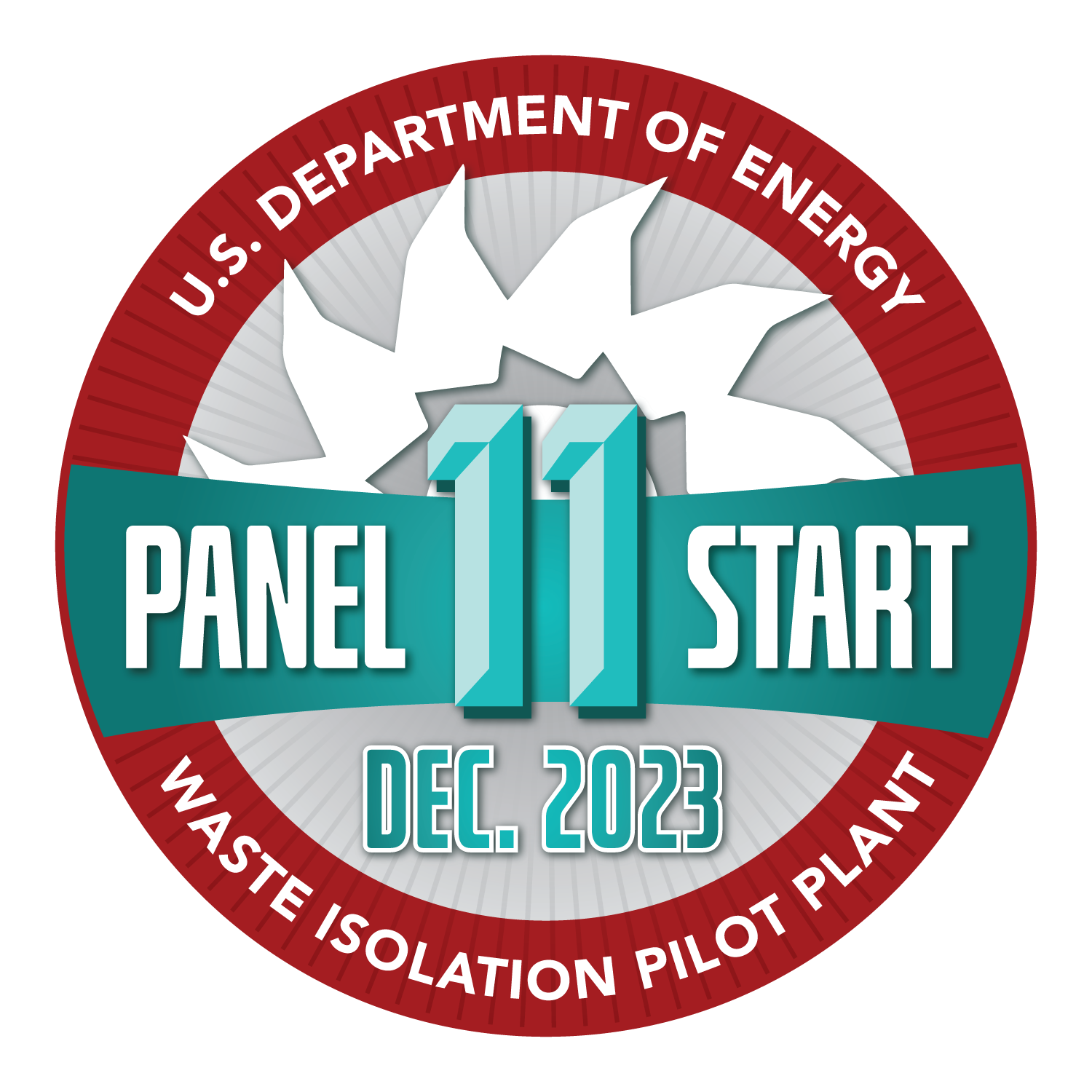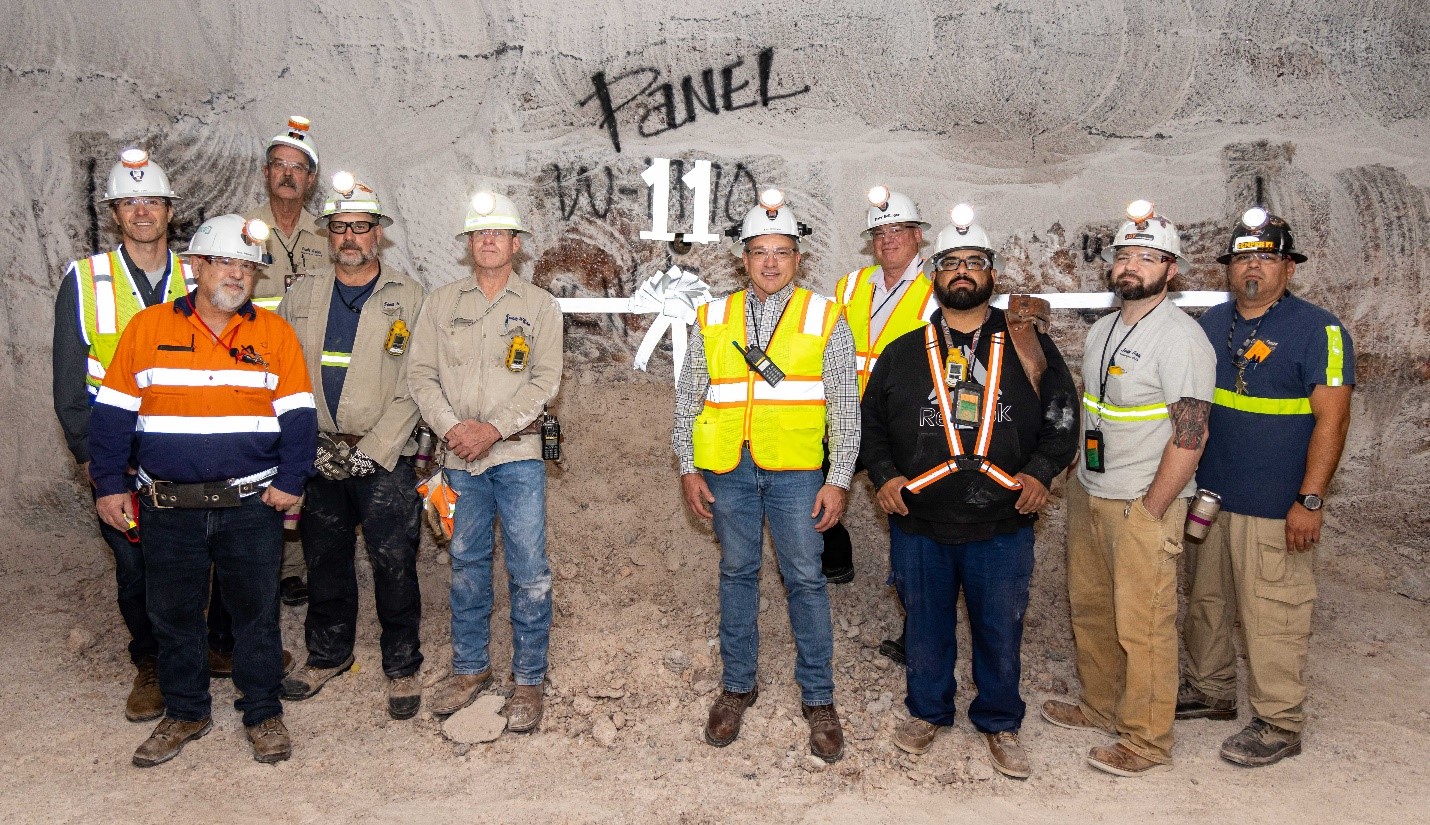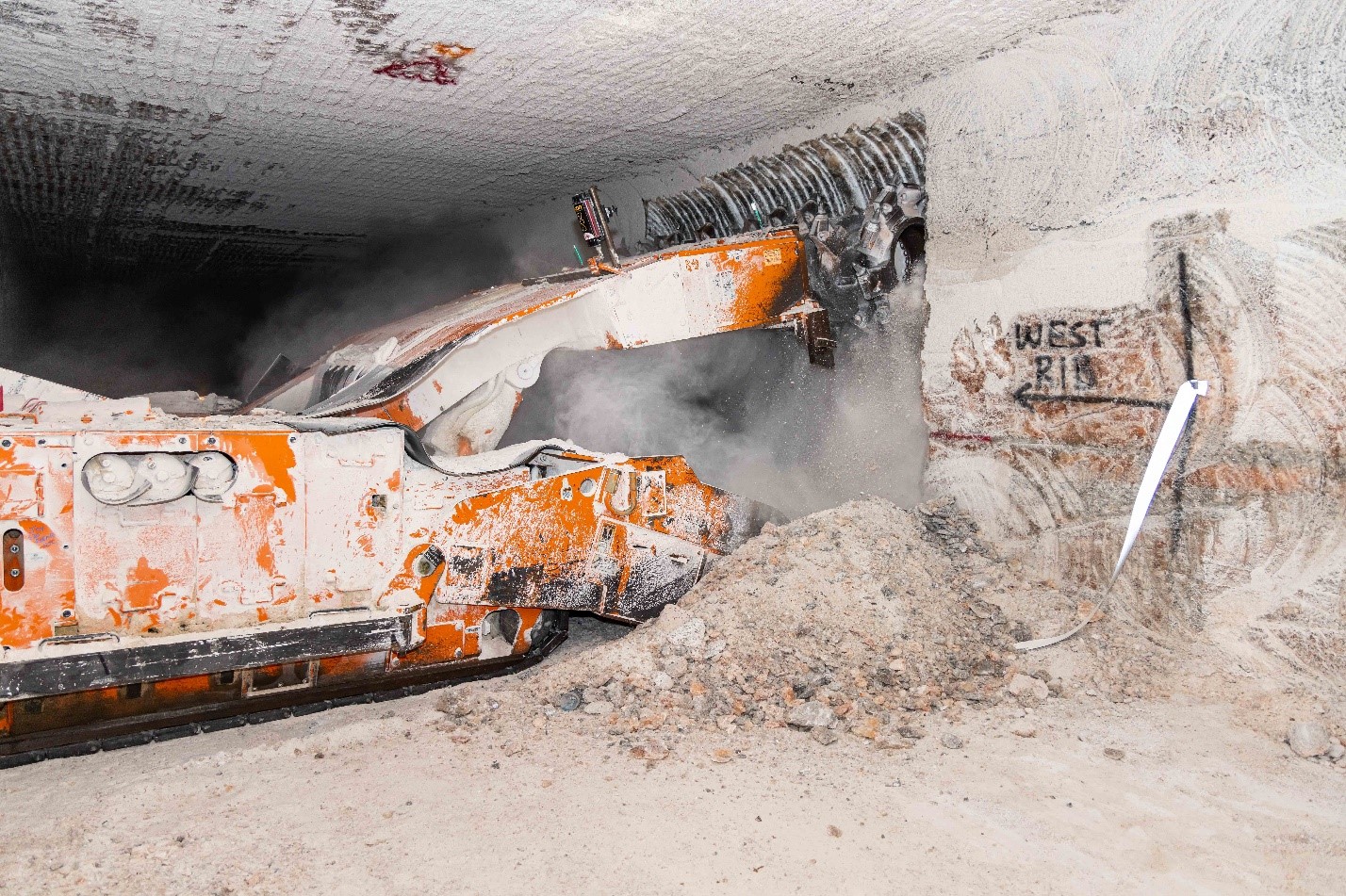
Waste Isolation Pilot Plant Achieves Best Shipment Season in 10 Years
January 31, 2024
WIPP 2023 Year In Review
December 20, 2023
WIPP Begins Mining New Waste Disposal Panel
CARLSBAD, N.M., January 24, 2024 – The U.S. Department of Energy’s Waste Isolation Pilot Plant (WIPP) has reached another milestone. Just before the new year, crews began mining a new waste disposal panel out of the 250-million-year-old layer of salt where WIPP is located beneath the New Mexico desert.
It’s the first time in a decade that crews have started mining a new disposal panel at the nation’s only deep geologic waste repository for defense-related transuranic waste.
"We are excited to begin mining WIPP’s newest panel,” said Mike Marksberry, a Vice President and Mining/Underground Operations Manager with Salado Isolation Mining Contractors, EM’s management and operations contractor for WIPP. “Mining a disposal panel is a huge team effort involving our engineers, geologists, environmental staff, skilled mining crews, and many support organizations.”
The new panel - Panel 11 – is the first of two emplacement panels approved last year by the State of New Mexico Environment Department as part of a 10-year extension of WIPP’s operating permit. The new panel does not represent an increase in the scope of WIPP’s effort, as the waste emplaced in Panel 11 will be entirely part of the original Congressional volume limits established for WIPP.
The creation of new panels allows safe and compliant emplacement of waste to continue from generator sites throughout the United States, supporting the Department of Energy’s environmental cleanup and national security missions.
“The successful start to mining Panel 11 was a great demonstration of how open dialogue and communication with our regulators and stakeholders, along with the support of the field office team, can help mission success,” said Michael Gerle, Environmental Regulatory Compliance Director for DOE-EM’s Carlsbad Field Office.
Located in Southeast New Mexico about 26 miles east of Carlsbad, WIPP was constructed in the 1980s for disposal of defense-generated TRU waste. The repository is carved out of a 2,000-foot-thick salt bed formed 250 million years ago. TRU waste is disposed of 2,150 feet underground in rooms mined from the salt bed.


